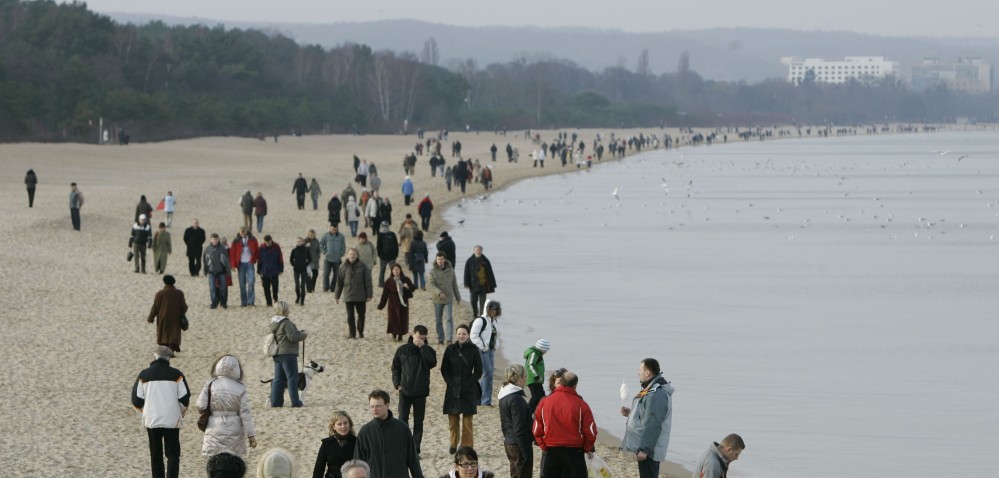News
Tri-city resident numbers grow slightly... but for how long?
The population of the Tri-city has risen since last year, according to a new report from the Central Statistical Office (GUS) which was released at the end of October. However, the total combined number of people living in Gdansk, Sopot and Gdynia (which now stands at 748,348) is still expected to drop substantially in coming years if current trends continue.
In keeping with a wider national downward trend in urban areas, both Sopot and Gdynia continue to witness a steady decline in numbers, the main factors being lower birth rates in comparison to death rates and migration to other countries. Gdansk, on the other hand, while also under those influences, managed to attract more than 1,500 new residents within six months and this helped to ensure an overall Tri-city increase of 40 people!
Gdansk (6th most populous city in Poland)
Gdansk, with a current population of 461,935, hasn't just managed to buck the trend this year. In spite of registering a negative birth-death index over the past 3 years, and going against various demographic predictions, the city has consistently attracted people since 2008. This has been attributed to internal migration and has resulted in a headcount which is 453 people greater than in 2003.
Nevertheless, experts insist that this is but a temporary phenomenon and that, unless there is either a major baby boom or heightened internal migration (both of which are considered highly unlikely), numbers will begin to fall again.

Sopot (23rd most populous city in Poland)
Sopot's numbers, having been on the decline since 1989, have dropped by 11% (over 4,000 people) to a level of 37,683 in the last 12 years. With a birth-death index of -6.7 in 2012, children aged 0-4 represent just 3.6% of the population. The respective figure for Gdansk is just over 5%, while for Gdynia it's 4.6%.
Gdynia (12th most populous city in Poland)
With 248,700 inhabitants, a level comparable to those of Bialystok and Czestochowa, Gdynia's population has decreased by 2% (approx. 5,000 people) since 2002. Aside from a temporary increase in 2011, connected primarily to the onset of economic crisis across Europe, this has been a continual slide.
“The main reasons behind the depopulation of Gdynia are the aging population and outward migration. Having said that, there are often more births than deaths and it does happen that Gdynians, who several years ago moved abroad, return to register their children here,” says Margaret Kędziora, Head of the Civil Registry Office in Gdynia.
Poland overall
The Polish population overall continues to fall and the latest figures reported the country’s population at 38.484 million at the end of June 2014 with the split 52/48% in favour of women. The figures show that 60% of the population reside in cities (just over 23 million) while just over 15 million live in the countryside.
A small drop in the overall population figure was again noted and examination of the figures show this drop is being caused by both net emigration and natural loss. Since 2012 deaths have outweighed births while the trend remains for more people to leave the country than to enter it or return from abroad. These are continuing trends as there is a steady increase in the number of deaths against a falling number of births. The immigration figure, which is largely affected by Poles returning home, is also falling as fewer Poles appear to be returning home after leaving.
This piece was based on an article that appeared on Trojmiasto.pl on Thursday November 6. More data and graphs can be found there.
